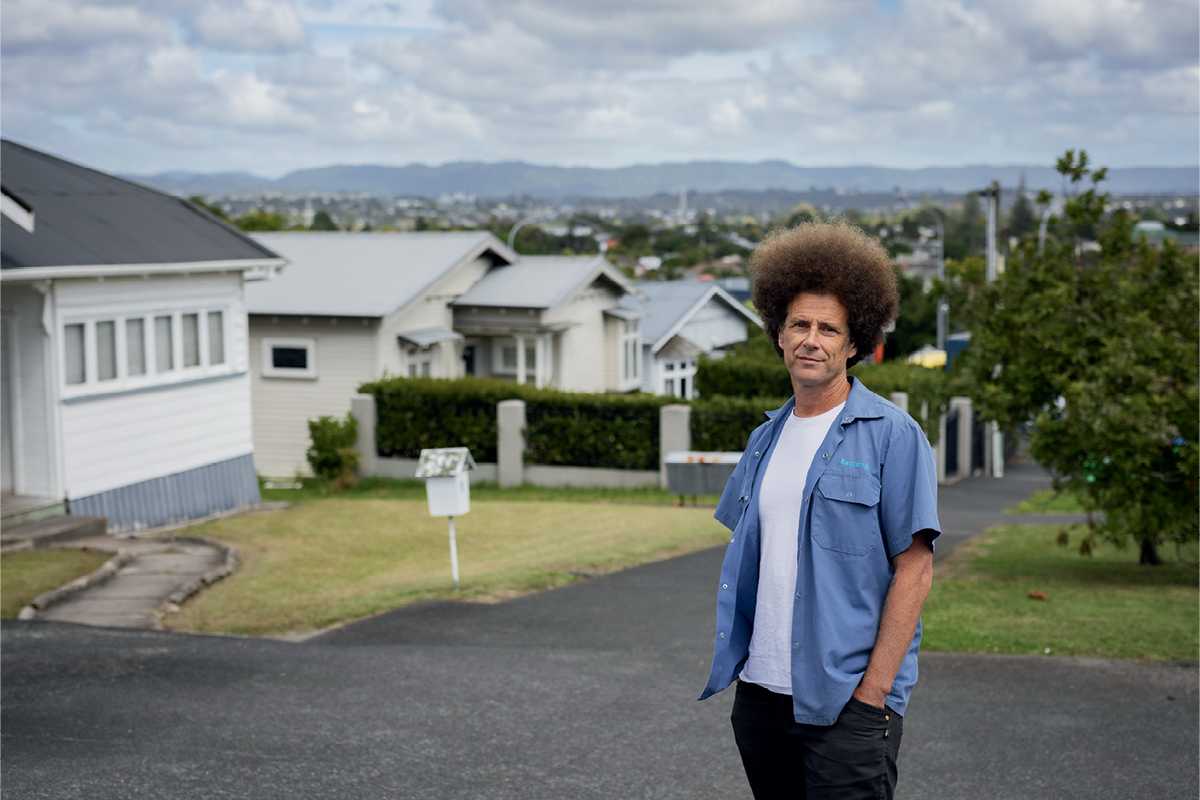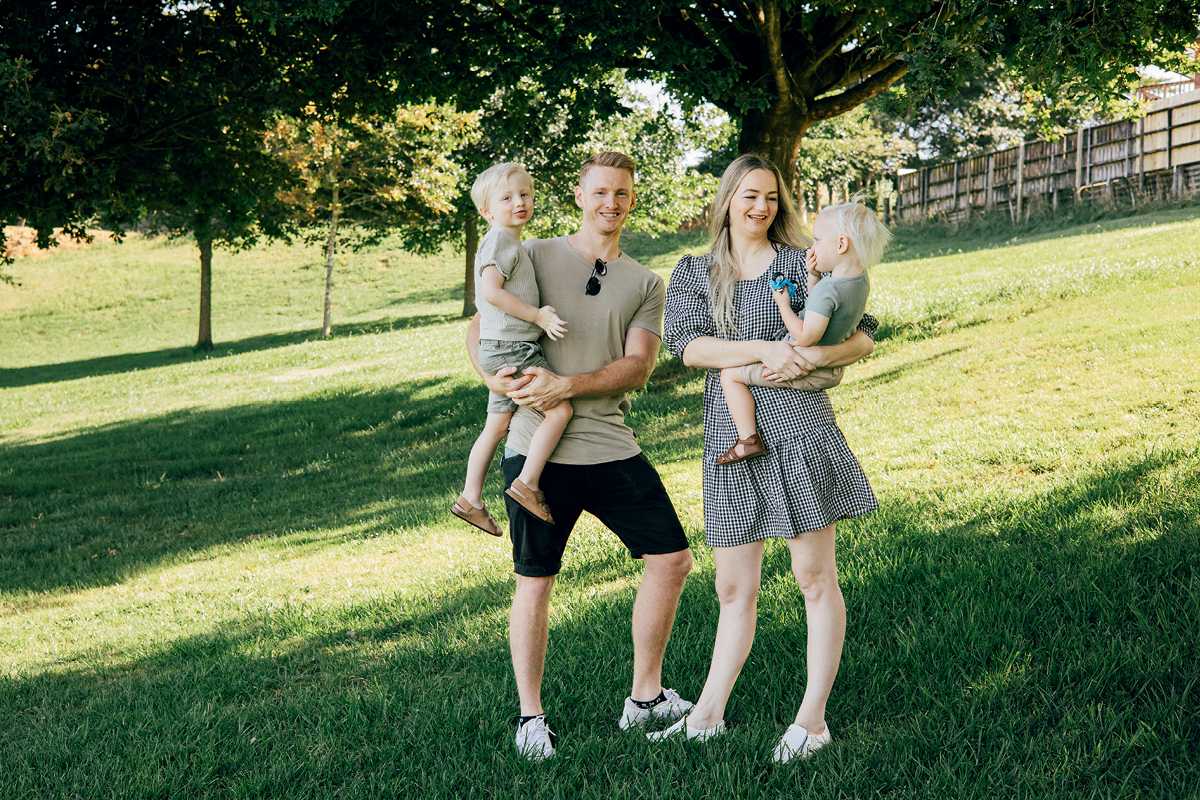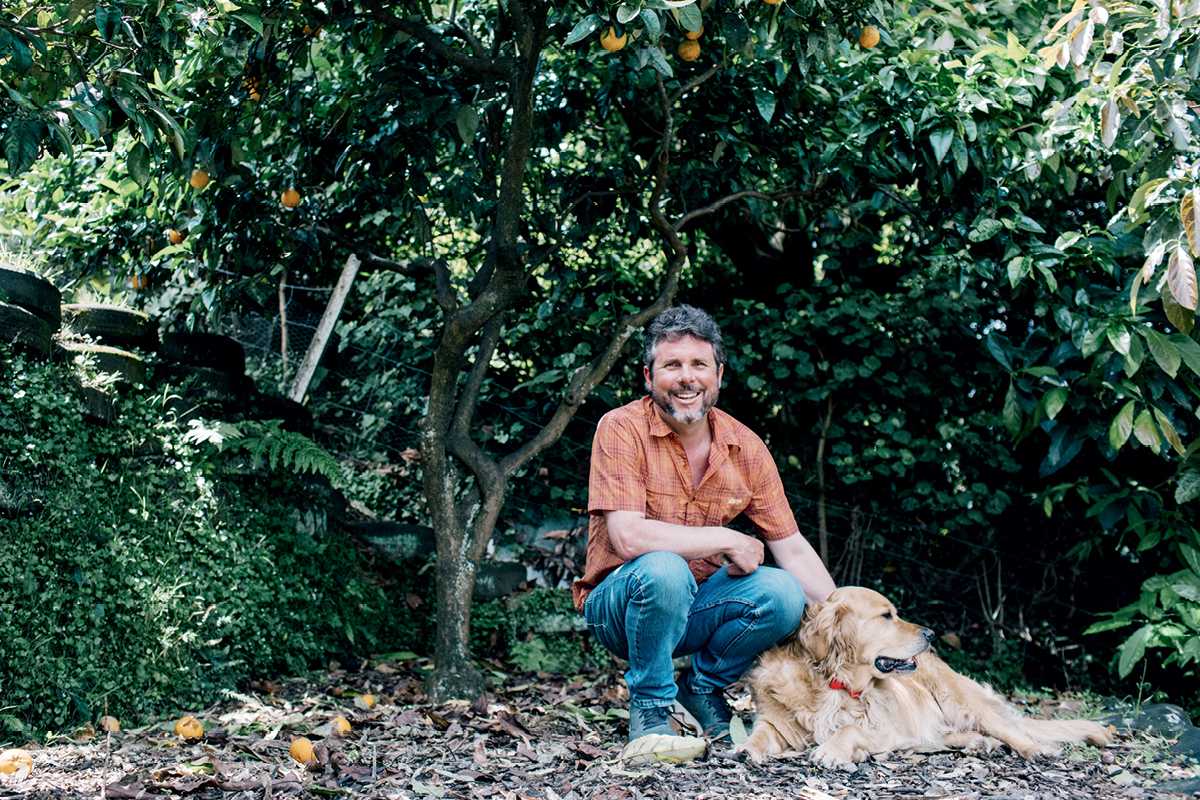
Hippy Van To Hot Property
A young couple have set their sights on an early retirement and self-sustainability, and they’re using property investment to get there, writes Joanna Jefferies. Photography by Elizabeth Goodall.
1 June 2019


Last year Campbell Crawford and Penny White were as free as birds, travelling around the South Island in the biggest asset they owned – a hippie van. Taking that time to ponder the best direction for their lives and careers sent them both on a completely new path: into property investment.
They met at university, where they did a brief stint studying sciences and engineering, before both deciding it wasn’t for them. Following that Crawford (22) and White (21) worked in odd jobs with the aim of spending their spare time travelling in the van.
It was on a van trip around America last year when the penny finally dropped in regards to their new vocation. White’s parents are property investors and Penny always admired the level of freedom it gave them. So during that trip, the pair began to seriously consider how they could become investors and get on the pathway to an early retirement.

“I think the best thing we ever did was take that four months of travelling to take a step back and figure out what we were going to do with our lives – even if we were living off not much money,” says Crawford.
In order to speed up the financial freedom process, upon their return to New Zealand they enrolled in apprenticeships – Crawford in a building apprenticeship and White in an electrical apprenticeship – with the sole aim of fast-tracking their ability to add value to a property portfolio.
The First Buy
Back home in Masterton, the couple immediately made plans to buy their own home. But due to all the reading and researching they’d done while away, they weren’t about to squander Crawford’s KiwiSaver deposit on something with low prospects as a rental.
They located a house that had been divided into two, two-bedroom flats and purchased it for $265,000. “We were the only bidders at auction so we got it for quite a good price,” says Crawford.
Despite their new vocations, the flats really didn’t need any upgrading, so they simply lived in one unit while renting the other out for $240 per week, which covered more than half their costs. Shortly, the unit they were living in will be rented out for $270 per week because the pair have purchased again!
This time it’s a standalone home in Carterton, and a big do-up job. The couple will live there while they renovate it themselves, which they imagine will take six months.
It’s a three-bedroom home currently, but they intend to add value by adding a fourth bedroom. The upgrade will include additional walls, moving a hallway, a new kitchen, bathroom, and en-suite, landscaping and a whole lot of painting.
They purchased the house for $250,000 “which is pretty much unheard of in Carterton” and the plan is to hold it long term once renovated. They’ve had an agent give them a ballpark figure of mid-$400,000s as the new value of the house once renovated and they plan to spend less than $20,000 on the reno.
The added equity will enable them to purchase again, which is exactly what they plan to do.
The Big Goal
Growing a passive income as quickly as possible is their aim, because they have an audacious goal: “We’re aiming for ten years of working and then retirement,” says Crawford. “I don’t mind working, but I don’t want to do it forever.”
The traditional model of studying, racking up a big debt, and working for 45 years until retirement age just doesn’t appeal to the young couple.
“We don’t want to be working until we’re 65 – we’re just looking for ways out of that,” says White.
But if you thought they want to eat smashed avocado on toast at cafes while they rise to the top, then you’d be mistaken. The pair are part of a new movement of (mainly) millennials who are restricting their spending in order to achieve a modest passive income and early freedom from work.
Their ultimate goal is to live selfsufficiently on their own piece of (mortgage free) land, and their aim is to create $50,000 in passive income to enable them to do so – “basically going back to being hippies,” laughs Crawford, “but in a cash-efficient way”.


